Heating options in a private house without gas. Heating a private house without gas and electricity: autonomous systems
The trend towards increasing the cost of heating homes is forcing owners of apartments and private houses to look for something to replace the use of gas. In some cases, this is costly only at the initial stage, while for other options it results in lower efficiency or a significant complication of the design.
However, the alternative gas heating is gradually winning the hearts of citizens with different incomes, which creates a civilized market in this area and helps lower prices by increasing supply. Global gas reserves are increasingly decreasing, so it is worth taking care in advance about switching to alternative heating systems for a private house or apartment.
Fundamental Concepts
Most residential buildings have a connection to gas networks, thanks to this this type Home heating is usually called traditional. Various reasons force one to search for a replacement for this heat source; in most cases, these include the following factors:
- there is no nearby gas piping;
- homeowners are seeking to reduce their dependence on gas due to problems with its supply;
- there is a desire to save money by choosing a cheaper option to provide heat to the room.
In each case, to solve the problem by searching alternative systems heating should be approached individually.

Such systems can be divided into two large groups:
- Operating in parallel with a gas boiler. By various reasons they cannot be operating completely autonomously. In this regard, it is necessary to maintain work at a certain level gas equipment, and in some periods the increased load is taken over by alternative heating of a private house or apartment.
- Completely replacing gas boilers. This type requires sufficiently powerful devices capable of long time produce steadily required amount heat.
Both groups are represented in a wide range on the heating equipment market.
Popular heating options
Let's consider the current methods of heating houses used in modern conditions. Each of them has its own advantages and disadvantages associated with the operation or design of the system.
Solid fuel boilers
Solid fuel boilers are very popular in certain regions of the country. They refer to budget option systems and are inferior to many modern designs in cost. This makes this option very popular, especially in cases where it is not necessary to constantly operate the boiler throughout the heating season, but to turn it on occasionally during the off-season, for example, at the dacha.
![]()
The power of the units is capable of heating a large area, which allows them to be used as independent alternative ways heating a private home in any weather and at any temperature outside the room.
In this case, it is necessary to take into account the features of their operation:
- To maintain constant combustion, you need to be near the boiler 1-2 times a day to add peat or coal briquettes, firewood or another type of fuel to the firebox
Alternatively, you can use a solid fuel boiler long burning. This is a pyrolysis unit, where pyrolysis gas burns simultaneously with fuel, increasing the coefficient useful action heating equipment. You will learn about this in our article.
- the method will not be effective for every region of the country;
- it is necessary to carry out regular replenishment of fuel reserves to carry out heating season;
- in some cases, dependence on solid fuel as an alternative heat source turns out to be a more expensive heating method than gas;
- A separate room for storing fuel is required, as well as regular cleaning of the system.

Modern heat pumps, as alternative sources of heating for a private home, are one of the progressive methods of generating heat indoors, as well as one of the most economical ways his prey. For their operation, a household electrical outlet is required. The operating principle is based on transformation natural energy into a thermal room for heating homes. The system can be used as a complete alternative to gas heating in a private home, or as a parallel supply of heat during the off-season.
There are two large groups of such pumps:
- Ground. The equipment is used as a complete and independent heating system. Its operation does not depend on the outside temperature outside the building and always shows positive results. As disadvantages, it is worth noting the need for a large land plot where the collector will be buried, the cost is high with a payback of about 10 years.
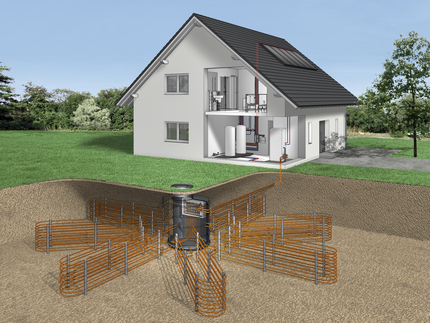
- Airborne. The installations have a lower price tag and are also easier to install. However, they show their weak effectiveness when negative temperatures, which makes them suitable only in the off-season. This installation method can only be used as an additional alternative heating Houses.
Today, such pumps are the most economical and efficient. To obtain 1 kilowatt of thermal energy, only 0.25 electricity is required to power the compressor. The efficiency of such an installation exceeds 200%, which no other heating source can boast of.
The heat collection system, compared to the installation of any other boiler, will cost at least 1.5 times more, but due to the extremely high heat transfer coefficient, energy costs will pay off in just one year.
VIDEO: how a heat pump works
Solar energy
Installation of collectors operating from solar energy, becomes relevant for the southern regions, where there is greatest number cloudless days. Many countries in the Asian region and the Middle East are actively implementing these systems on their territory.

In our conditions in most regions it is unlikely that it will be possible to replace 100% solar collectors gas system. This is often due to short winter days and inappropriate weather. As an additional source, panels will be very effective, especially in the autumn-spring period.
In order for heating with solar collectors to be effective, the number of sunny days in winter period should be at least 50. This is typical only for the southern regions, in all other regions solar panels cannot act as a full-fledged alternative.
VIDEO: How solar panels work in winter
Air conditioners
One of the most available ways An alternative way to heat a private house with your own hands is to install air conditioners that support the heating function. They can be placed either in each room of medium power, or one powerful device per floor. It can be used from early autumn until the onset of stable frosts. In this case, the gas consumption rate will decrease significantly, the amount will be transferred to electricity.
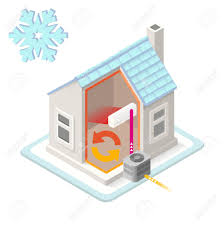
It is important to know some operating features of such alternative sources energy for a private home:
- it is recommended to link the work gas boiler and air conditioning, for which you should use a wall thermostat;
- heating using electricity is not a cheaper type, so you shouldn’t completely give up gas in this situation;
- Before purchasing and installing alternative energy for a private home in the form of an air conditioner, it is worth checking the permissible temperature regime, in which it can be used.
Additional varieties
The installation of infrared heat sources has shown its effectiveness. It is in demand at slight drops in temperature, and works on the principle of the sun - it heats objects in the room, but not the air.
![]()
How does an IR heater work?
Can also be mounted pyrolysis boilers, buleryans, fireplaces with water or air heating. About all varieties heating systems you will learn about solid fuel in the article “Solid fuel heating boilers”.
And the last thing I would like to remind you about is that before changing the heat source, it is worthwhile to properly insulate the premises, thereby significantly reducing leaks warm air. An incorrectly or insufficiently insulated house on average loses up to 37% of thermal energy.
VIDEO: Is it possible to heat a private house without gas and electricity?
Is there a reasonable alternative to gas heating? Is there any way to heat a house or apartment at the same or lower cost?
Let's take a short overview of innovations in an area that is so relevant to the country's residents.
Disclaimer
First, let's try to clarify how and what this article is written about.
- It is not advertising in nature. It is not in the author’s interests to tell you a fairy tale about the “gentle warmth” of an infrared heater or the comfort of a heated floor. We are talking exclusively about the economic side of the problem, considering the costs of a source of thermal energy and necessary equipment.
- The author lives in Crimea, on the territory of Ukraine; therefore, he will operate with local prices converted into rubles. The reason is solely due to the availability of relevant information in this moment information on the cost of energy resources. Even if the price of electricity or gas in Russia at the moment differs from the Ukrainian one, the overall balance will be approximately the same.
- The article reflects only personal opinion and does not claim to be absolutely true. The exact price dynamics in the near future are only partly predictable.

Current prices for thermal energy sources
A typical question in many construction forums where private construction is discussed is: “which heating is cheaper - gas or electricity?”
Let's give a detailed answer to it.
For a moderately insulated house, the need for thermal energy is calculated very simply: 1 kW per 10 m2 of area. A house with an area of 100 square meters requires 10 kilowatts of heat. Dot.
Important: we are talking about peak demand, which is guaranteed to provide comfortable temperature in the house. Actual consumption depends on many factors; most it is much less time.
If so, in order to make a verdict, we need to compare the cost of a kilowatt-hour of thermal energy obtained from different sources.
So:
- Natural (mains) gas - 40 kopecks/kWh.
- Electricity - 1.3 rubles. (In this case, Russian prices are much higher than Ukrainian ones. The difference is 2.5 times).
- Firewood - 45 kopecks.
- Pellets (pressed granules from dry sawdust) - 70 kopecks.
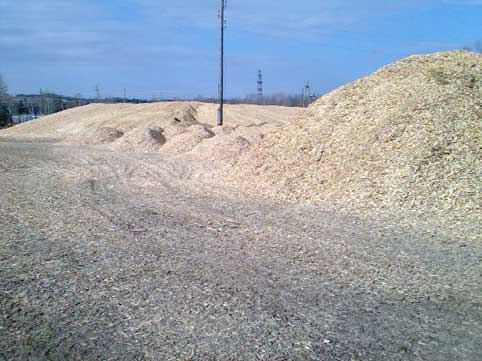
It would seem that everything is obvious. But no: the devil is in the details.
Features of energy sources
Gas
The cost calculation was made based on the boiler efficiency of about 90%. This is typical efficiency of a convection type boiler produced in the last two decades.
However:
- Older ones often have efficiencies in the 60-85 percent range. Both due to the overgrowing of the heat exchanger with mineral deposits, and due to the initially higher temperature of the combustion products.
Simply put, more heat flies down the chimney. - On the other hand, modern condensing boilers They use not only 98% of the heat of combustion of gas, but also the heat of condensation of combustion products, due to which their total efficiency exceeds 100% (of course, in this case the heat released during the combustion of methane is taken as 100).
- Many areas are not gasified at all.
- Finally, the main thing: if the construction of new power plants and the debugging of new technologies (the same cold thermonuclear fusion or) are capable of at least theoretically lowering electricity prices, then natural gas is guaranteed to rise in price. You see, its supply is limited.
Firewood
Judging by the price, this is a good alternative to gas. In addition, it is not difficult to install (and sometimes even manufacture) and start a solid fuel boiler with your own hands, and the costs will be very moderate.
However:
- When storing firewood, it requires a significant area. Preferably under a canopy.
- Their usefulness is greatly determined by humidity.
- Finally, a solid fuel boiler requires constant supervision and adding firewood at least twice a day.

Pellets
A pellet boiler can operate for a long time without supervision or maintenance, which is a huge plus. But alas, from a cost point of view, pellets are inferior to gas, and significantly so.
Electricity
It would seem that heating with electricity is clearly inferior compared to gas.
However, electricity can be used and received in different ways.
- Simply lowering the target room temperature by 2 degrees results in approximately 20 percent energy savings.
It is thanks to this, by the way, that film heated floors and infrared heaters provide real savings.
The former rationally redistribute heat, due to which the temperature at the floor level remains the same, and at the ceiling it drops. The latter give a subjective feeling of warmth when the air in the room is quite cold.
A caveat: film heated floors are quite expensive.
The price starts from 1000 rubles per square meter, that at large area premises will result in a significant amount.
In addition, the instructions require that they be insulated from the base floor with foil foam insulation, which will additionally increase costs slightly.
Alas, we have not yet found heating cheaper than gas: savings on heat redistribution amount to best case scenario 50%.

- Heat pumps and their special case - inverter split systems in heating mode already provide 4-fold savings compared to an electric boiler. They do not generate heat, but pump it from the street.
There are a couple of “buts”: such heating still won’t be cheaper than main gas (at least in Russia); in addition, the best heat pumps only operate down to a temperature of -25C. At the same time, as the outside temperature drops, their efficiency decreases. - The energy source can be a wind generator or. Here it is, free energy for heating!
What's the catch? In the prices of batteries and their service life. At night the sun does not shine and the wind does not always blow. Energy needs to be stored, and the volume of batteries must be large.
Which results in a price of at least two to three hundred thousand rubles for extremely economical home; More consumption means more batteries and their cost. And the resource is no more than five years...
Who are the judges?
But:
- This is Crimea. In winter, temperatures rarely drop significantly below zero.
- Due to the progressive cost of electricity (over 800 kWh per month, prices are four times higher), you have to save electricity so as not to exceed the threshold consumption.

For a warm climate, it is perhaps the best choice in terms of efficiency and convenience.
conclusions
They are disappointing. A cheaper alternative to gas heating that will work in any climate is a myth. At current gas prices, it remains the most profitable source of heat. But his prospects, alas, are gloomy: gas prices will quickly rise, and the price ratio may yet change towards electricity.
Let us repeat - this is far from the only point of view. The video at the end of the article covers this topic differently; You will probably be interested in hearing another position. Warm winters!
Today, natural gas is the most popular and affordable type of fuel for domestic needs and heating. However, fossil reserves are not unlimited, the cost of gas is rising, and connecting to the main line is often impossible or insanely expensive. This forces us to look for other, less conventional ways to heat our homes.
Reasons to abandon gas heating
In Russia, the majority of private heating installations work on combustion natural gas. This is understandable: the depths of the Motherland contain a quarter of the world’s methane reserves, and the infrastructure for its preparation and delivery to consumers is very well developed. And yet, this situation will not last forever: according to various estimates, “blue” fuel will be able to use “blue” fuel for another two, maximum four generations.
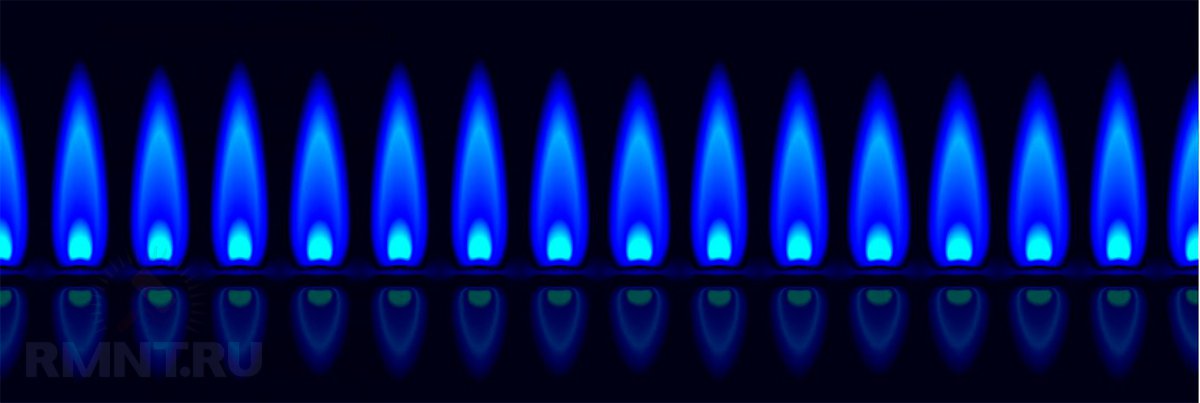
However, the depletion of fossil resources is far from the only reason to think today about finding alternative ways to provide yourself with warmth during the cold season. First of all, this need is evidenced by the fact that central gas supply is not available in remote regions and areas recently developed for private development. Even on the periphery major cities the cost of connecting to the gas main can significantly hit the budget, but this is not the only cost item for the developer.
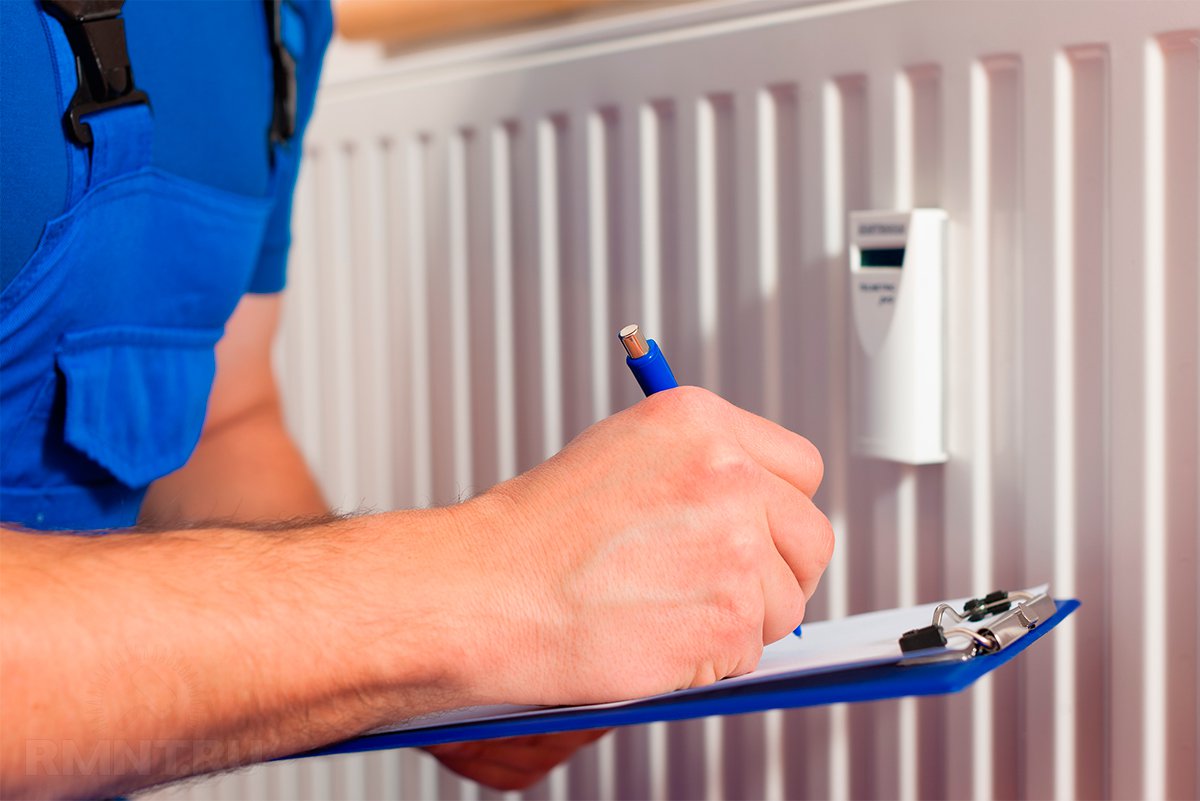
In addition, the cost of burned fuel is constantly growing in proportion to the rate of its production, which is increasing more and more. Given that modern buildings have a service life of 50 years or more, their use looks like an extremely profitable investment in the future. This assertion is supported by a number of secondary facts, including:
- increased danger of using gas equipment, difficulties with its maintenance;
- limited durability of heating equipment;
- the need to equip the boiler room;
- non-compliance of gas pipeline network parameters with the requirements necessary for the installation of highly efficient imported equipment;
- inappropriateness of heating small objects with gas.

Heating with solid fuel
The closest alternative to gas in domestic realities can be called solid fuel: firewood, peat, coal or briquettes. In terms of cost, solid fuel heating boilers are somewhat cheaper than gas boilers; they do not require such strict control of safety systems, but that is where their advantages end.
Mostly wood boilers or fireplaces are seriously considered as the main method of heating a home in cases where, over the next few decades, the slightly higher cost of fuel does not compare with the cost of connecting to the gas supply system. Such heating equipment is not without its drawbacks: the boiler needs to be constantly replenished with fuel, combustion produces a significant amount of soot and ash, and there are difficulties with adjusting power.

We are spoiled by comfort, you can’t argue with that. But there are also positive changes in the development of solid fuel heating equipment designed to improve ease of use. Most simple solution For civil residential buildings, long-burning boilers can be called: they are loaded at intervals from one to several days, and the burning intensity is approximately the same both at the beginning and at the end of the cycle. Modern solid fuel boilers equipped with automatic devices, are able to maintain the temperature of the coolant with an accuracy of 2-3 ºС by regulating the air supply necessary to maintain combustion.

The most technologically advanced in this regard are heating units that are specifically designed for the use of a special type of fuel - briquettes and pellets. In the latter case, it is possible to install a bunker, as well as mechanisms automatic feeding fuel and ash removal. If such equipment is available, the home owner will have to visit the boiler room quite rarely, from 3-4 days to several weeks, it all depends on the storage capacity. Problems with the formation of soot and tar are also eliminated: the prepared fuel has extremely low humidity and does not cause condensation of moisture from the exhaust gases.

Other types of burned energy carriers
When choosing alternative options heating systems are bypassed by liquid fuel boilers for unknown reasons. Meanwhile, this option is optimal when switching from gas equipment. For most existing models For boilers, this solution is limited to replacing the burner and arranging fuel storage.

Most branded heating equipment is designed to work with diesel fuel, that is, an ordinary solarium. There are also options using kerosene or fuel oil, the calorific value of which is approximately the same. For those wishing to make a conversion: one liter of liquid fuel is equivalent to 1.3 m 3 of natural pipeline gas. Average consumption even for a house with mediocre insulation with an area of 100-150 m2 is about 250-300 liters per month, that is, refilling one container with a capacity of 2 tons will be enough for the entire heating period.
![]()
A feature of liquid fuel heating can also be called approximately the same efficiency of boiler units - about 92-95%. The disadvantages are the need to install a chimney, equipment separate room boiler room, as well as low environmental friendliness of combustion individual species flammable liquids.
Electrical heating problems
Heating systems powered by electricity are attractive primarily due to their high efficiency. If, when burning fuel, some of the heat is carried outside along with combustion products, then all the expended electrical power is inevitably directed inside the heated building. This is true for all numerous types of heating electrical appliances, however, there are a number of disadvantages.

Main disadvantage electric heating the same as that of gas: at many sites it is simply not possible to provide sufficient power for connecting to the city network. If, with equipment operating on combustible fuel, significant heat losses can still be compensated by burning large portions of fuel, then with electric heaters there's no escape. The rating of a sealed machine or power regulator is a practical ceiling.
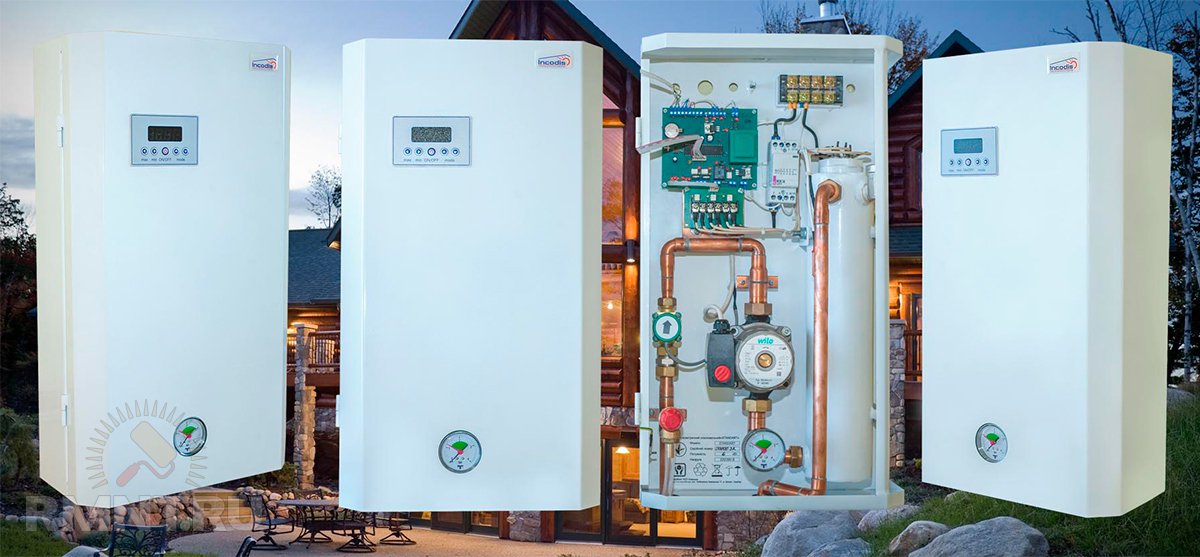
There are two ways out of this situation, the first and most preferable is to reduce heat loss through the building envelope. High-quality insulation of the building - great way savings with payback over the next 2-5 years. Otherwise, the problem can only be solved by independently recharging the home electrical network from an autonomous generator or using highly efficient heat pump equipment.
Heating from renewable sources
There are quite a lot unconventional ways heating using renewable Natural resources. The installation of such heating systems is associated with significant initial costs, but in the end the low cost of the generated heat makes it possible to achieve a return on costs within a very foreseeable period. Among the most realistic sources of generating own thermal energy are:
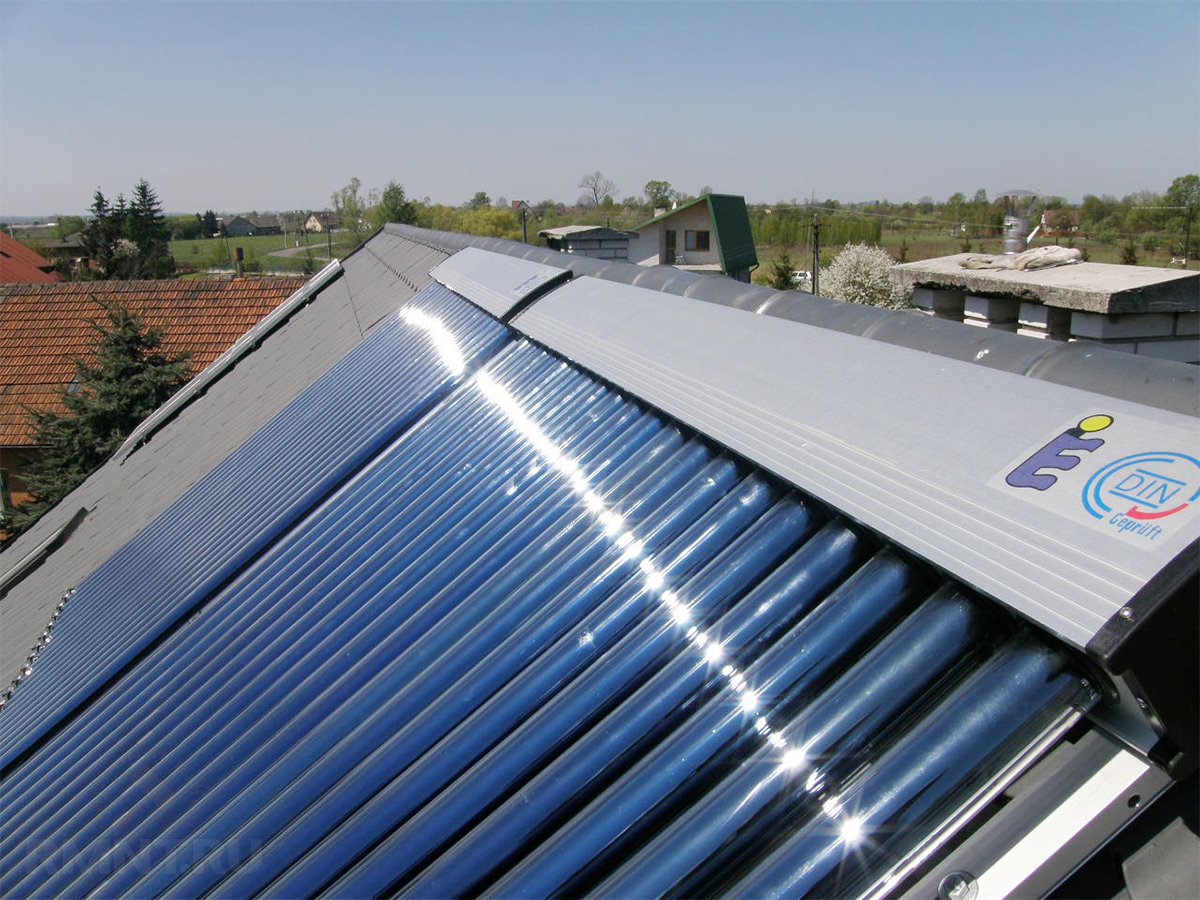
- Producing your own gas from organic waste. The disadvantage of this method is the rather high complexity of organizing a gas generator installation, but its payback period is one of the lowest - from 7 to 10 years.
- Installation of a solar farm. These can be either air or water collectors connected to the heating system through a heat accumulator, or photovoltaic panels. The payback period for a solar system is from 15 to 30 years, but degradation must be taken into account solar panels and the need to expand the farm over time.
- Using heat pumps with high coefficient COP. Due to the intake of low potential heat from environment or earth's crust it is possible to multiply the energy investment from 2 to 5 times. Such installations are optimal for use in mild climates or near geothermal sources. An additional advantage is the ability of heat pumps to cool room air in the summer.
Experience of residents abroad
Organizing alternative heating requires prudence and the ability to competently manage your finances. For those who care about nature and strive for autonomy from municipal energy systems, it is recommended to pay attention to the experience of residents of neighboring countries. Their ability to save money deserves respect: in the Baltic countries, for example, it is considered quite normal to maintain the general temperature room air in the range of 16-18 ºС, fully heating only the most inhabited areas of your home.
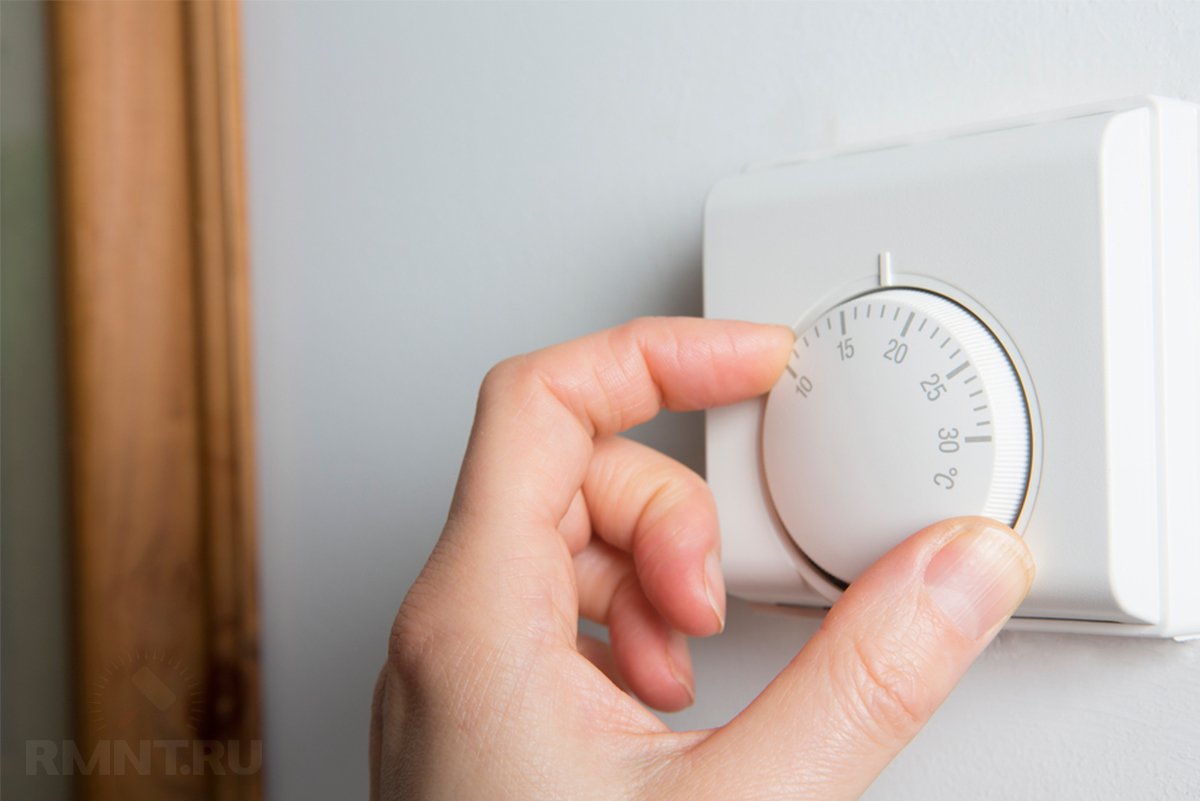
These kinds of extremes often run counter to the desire to provide for oneself and one’s family. comfortable conditions accommodation. Another option is the introduction of passive construction technologies for residential buildings, but this is only acceptable for objects whose construction has not yet begun. However, it's just high-quality insulation allows you to get by at home heating equipment the power is 2-2.5 times lower than in a house without insulation of the same area.
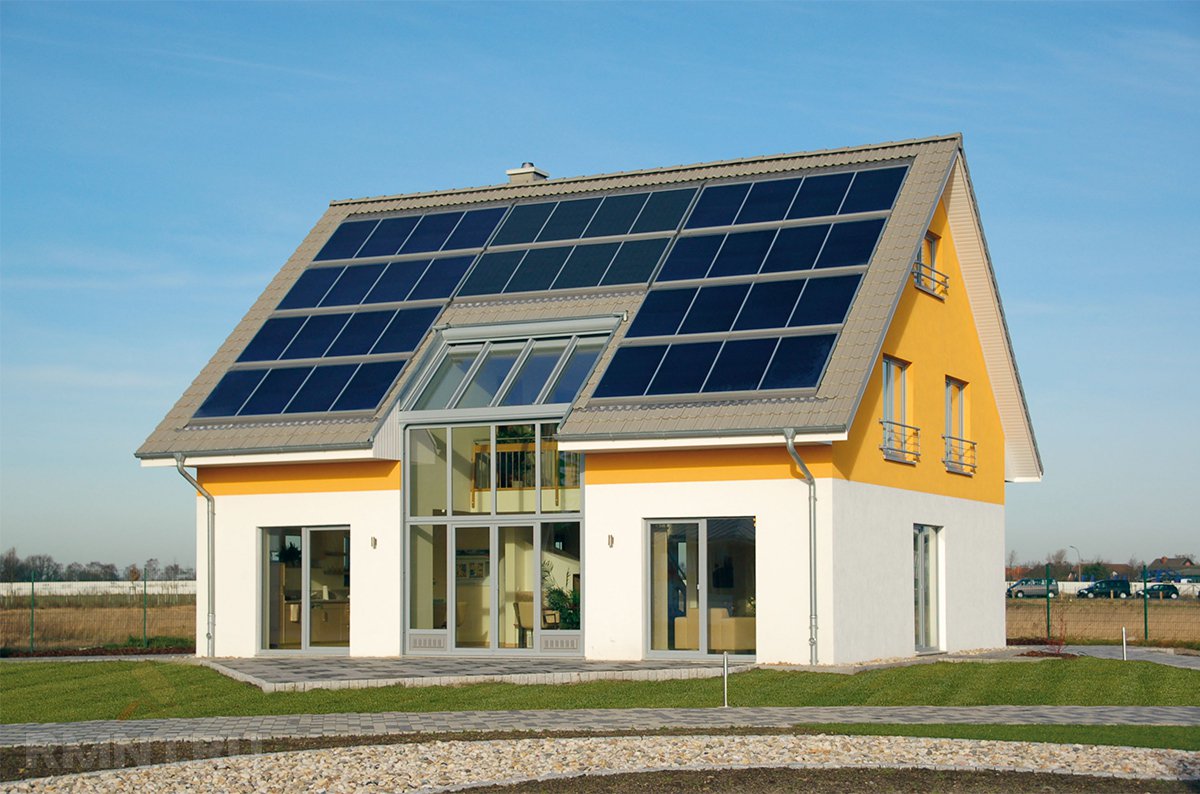
The good news is that you don’t need to invent anything to reduce heating costs. Thermal protection technologies for buildings have long been developed and tested in practice; all that remains is to adopt them and skillfully use them to provide your home with warmth and comfort.
